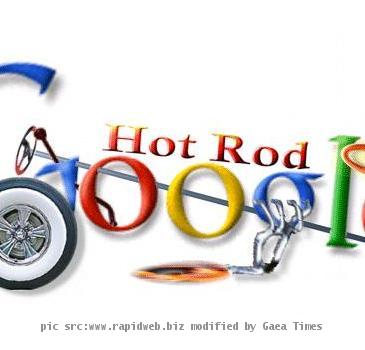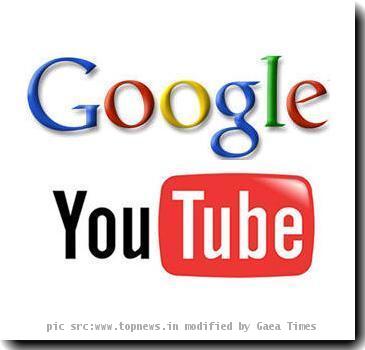Guidebook publishers (yes, of books made from paper!) say sales are fine in era of apps
By Anne Wallace Allen, APThursday, May 13, 2010
Guidebooks adapt to mobile download era
When she was traveling in India with her sister last year, Katie Reed, a 21-year-old who lives in Miami, described her 1,000-page travel guide as “monstrous” in size.
But it was too handy to toss.
“It was invaluable,” said Reed, a budget traveler. “We would read it on the train.”
Even as more and more guidebook publishers, travel websites and others make travel information available online, publishers say they expect sales of guidebooks — the paper-and-ink kind — to remain strong.
“The book is such a great technology. It’s lightweight, it’s mobile and the battery never runs out,” said Matt Goldberg, the CEO of Lonely Planet, an Australian travel guide publishing company that covers the world with more than 600 guidebooks in 17 languages.
But travel guide publishers and a host of other providers are also making information available online and through applications that can be downloaded to smart phones and other devices.
Like many other publishers, Lonely Planet, at www.lonelyplanet.com/us, offers some of its guides online and is working to dramatically increase that presence. Lonely Planet also offers location-aware maps that steer smart phone users to restaurants and other sites recommended by the guide.
“What we’re witnessing right now is an explosion in mobile applications,” said Goldberg.
You can also see that trend at traveldk.com/, a site operated by the Eyewitness Travel Guides publisher Dorling Kindersley, where users can design their own guidebooks to be downloaded for free or mailed to them as a bound book.
“Let’s say you’re staying with a friend and don’t want to cart around a book with hotels in it,” said Katy Ball, a publicity manager for DK Eyewitness Travel and for Rough Guides, both travel publications. “You can select restaurants, shops and maps - so you have only what you need.”
As for whether online applications will supplant the traditional book, publishers and booksellers alike say it’s too early to tell.
“I don’t really think we’ve got much empirical evidence as to who is using what at the moment,” said Rob Flynn, global travel publisher for Frommer’s, which publishes 350 guides and sells 2.5 million guides each year. “Until smart phones become universal, and roaming charges for data become relatively cheap, we’re going to see people continue to use guidebooks . as the mainstay of their travel information.”
Flynn recently watched his visiting 30-something nephew from Melbourne, Australia, navigate Manhattan with an iPhone.
“I would have pulled out a guidebook and looked at a map, but he was relying on Google Maps and Yelp and other local services,” said Flynn, 53. “It probably took him five times, 10 times as long to come up with a plan as somebody who was using a more traditional printed product. But that didn’t bother him.”
Frequent travelers often say they use printed guides for foreign travel, where roaming charges are high and Wi-Fi coverage can be sketchy — but rely on smart phones for U.S. travel. The U.S. is well covered by restaurant-review sites like Yelp, www.yelp.com/.
“America is more developed in terms of apps,” said Kanika Bhatia, a senior at Bard College in Annandale-on-Hudson, N.Y., who lives in India and travels all over the world with her parents.
“If you do use Google Maps in New York City, it will tell you exactly where things are, whereas internationally I don’t think those services are available yet,” said Bhatia, 22. “Also, the phone fees would be way too high if we decided to surf the Internet while we were abroad.”
A printed guidebook serves as “a real jumping-off point and gives me a lot of confidence when I travel,” said Reed, a Web developer who used the Lonely Planet guide to India on her trip last year. “I often find out things that I would not think to look for when searching online because of the way they are structured, which is helpful when you have no reference point in a new place.”
A Rough Guides book was invaluable recently in Jamaica, too, Reed added.
“I just couldn’t find any good maps to Jamaica online,” she said.
But she wouldn’t use a guidebook to travel in the United States.
“I have an iTouch to navigate and use Yelp,” she said.
Book publishers are reluctant to speculate on how online applications have affected travel guide sales. The picture is also muddied by the recession.
“Last year was a horrible year, but we’re happily rebounding,” said Pat Carrier, who owns The Globe Corner Bookstores, a travel bookstore, in Cambridge, Mass.
Carrier has tried to plan trips without using guidebooks, but he always ends up turning to them.
“I still find it a lot more work to try to plan a trip, especially to a place I’m not familiar with, doing it online than using a well-researched and written guidebook,” said Carrier, who is in his 50s. “I just find it exhausting, the endless skimming from site to site.”
Chris Morrow, who owns Northshire Bookstore in Manchester Center, Vt., said his customers have told him they don’t want to print out sheets of paper and carry them around.
“I think they’re buying a lot more travel books than people had predicted,” said Morrow. “They want something that’s portable and compact and concise, and a book is that. The actual technology of the book is still appropriate.”
Tags: Communication Technology, Computing And Information Technology, Consumer Electronics, Mobile Communications, New York, New York City, North America, Software, Travel, Travel Publications, United States

